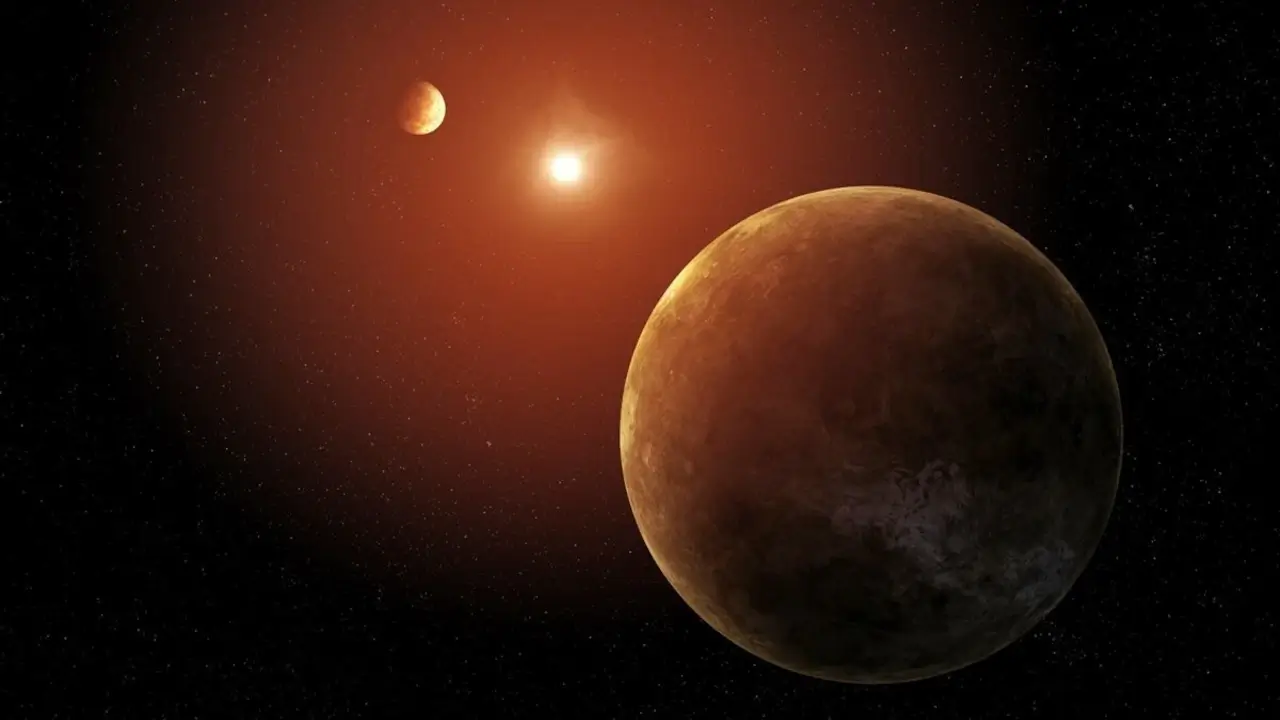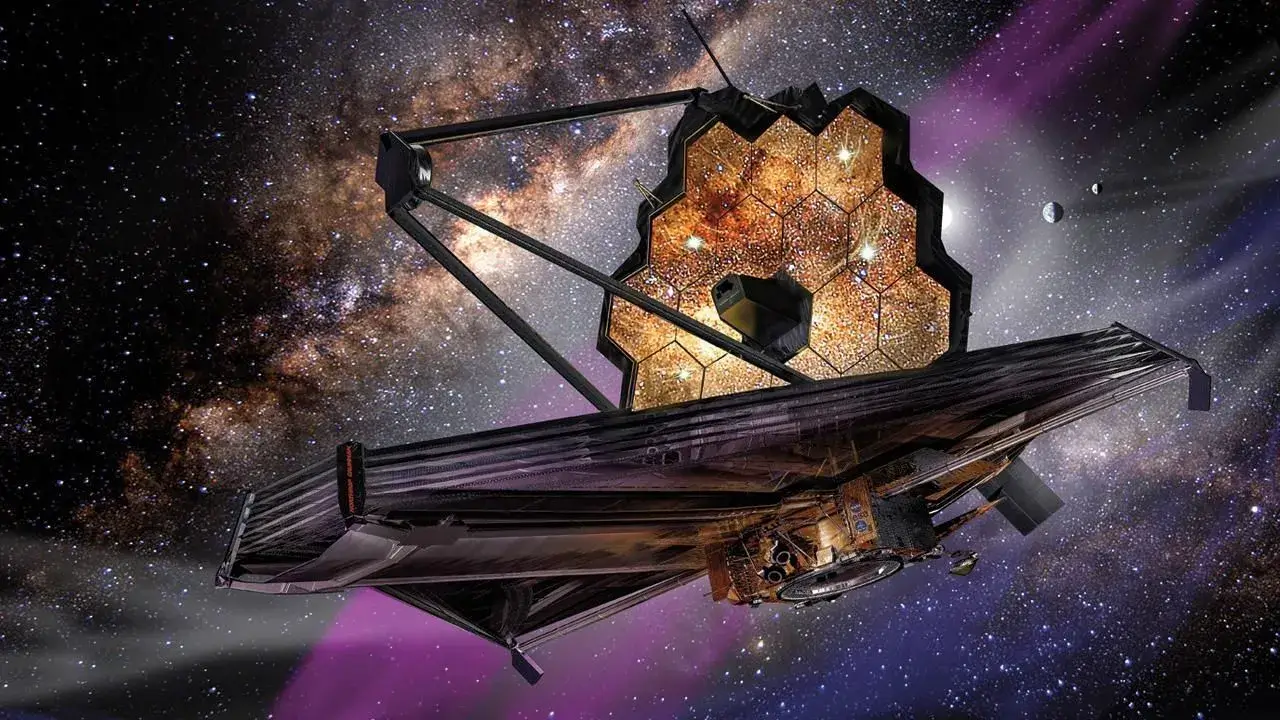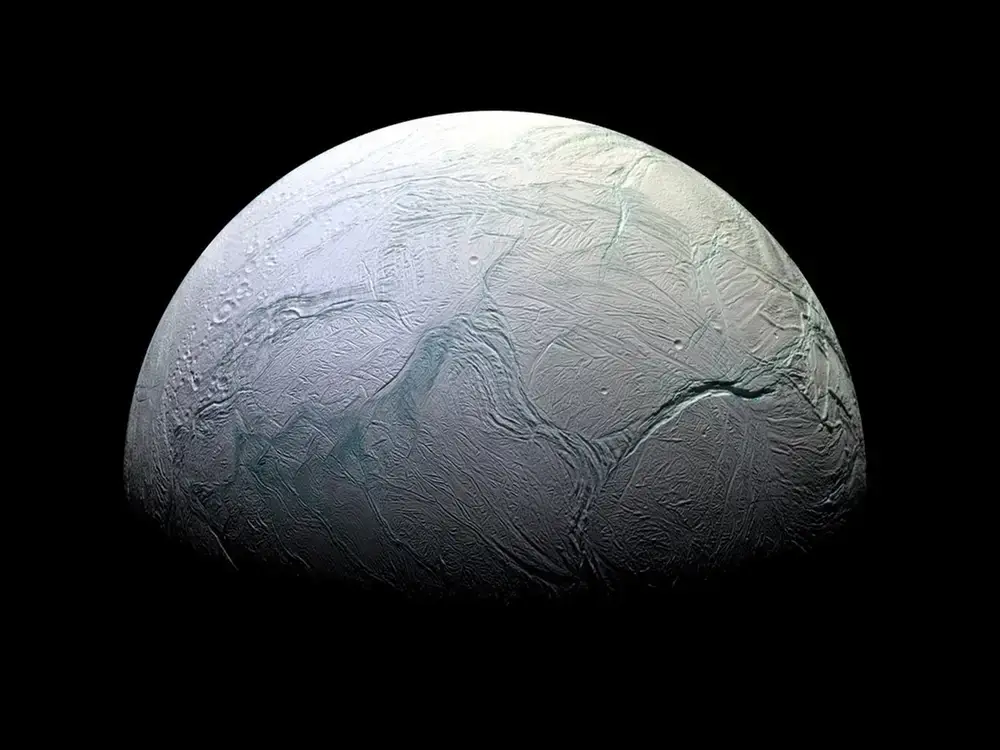
Alien Life On K2-18 b? Webb Telescope Finds Biosignatures On Distant Planet
Astrophysics team say observation of chemical compounds may be ‘tipping point’ in search for extraterrestrial life!
Astronomers are pointing to a distant world, K2-18 b, located 124 light-years away, as possibly the clearest sign yet that we’re not alone in the cosmos.
Signals picked up by the James Webb Space Telescope hint at the presence of dimethyl sulphide (DMS) and dimethyl disulphide (DMDS)—substances that, on Earth, are produced solely by living things.
Though it falls short of confirming alien life, the discovery edges humanity closer to answering the age-old question of whether life exists beyond Earth.
“This is the strongest evidence to date for biological activity beyond the solar system,” said Prof. Nikku Madhusudhan of the University of Cambridge, who led the research. “Decades from now, we may look back at this point in time and recognize it was when the living universe came within reach.”
Roughly nine times more massive than Earth, K2-18 b circles a relatively cool red dwarf star within its habitable zone. While water vapour was reported in 2019 via Hubble observations, further data later pointed to methane instead. Madhusudhan’s team now suggests that an expansive ocean could exist on the planet—though this idea remains a matter of scientific debate.

“The signal came through strong and clear,” Madhusudhan said.
“If we can detect these molecules on habitable planets, this is the first time we’ve been able to do that as a species… it’s mind-boggling.”
One of The Solar System’s Best Candidates For Alien Life Has Signs of Liquid Water
The results, published in The Astrophysical Journal Letters, revealed concentrations of DMS/DMDS thousands of times higher than those found on Earth, with only a 0.3% margin for error in the detection. Still, Madhusudhan urges caution: “There may be processes we don’t know about… but I don’t think any known process can explain this without biology.”
Critics, however, suggest other possibilities, including volcanic activity, cometary impacts, or unusual chemical reactions. “Life is one of the options, but it’s one among many,” said Dr. Nora Hänni, who discovered DMS on a comet lacking life.
Dr. Jo Barstow also advises restraint: “For such a profound discovery, the burden of proof must be very high. I don’t think this crosses that threshold.”
Despite the planet’s remoteness making direct exploration impossible, Madhusudhan is confident that indirect detection methods are sufficient: “In astronomy, the question is never about going there… We’re trying to establish if the laws of biology are universal.”
Whether this moment proves pivotal or premature, one thing is clear—K2-18 b has become a top target in the search for life beyond Earth.
* * *
You’ll Love This One …
Saturn’s ocean moon, Enceladus, is attracting increasing attention in the search for life in our Solar System.
Most of what we know about Enceladus and its ice-covered ocean comes from the Cassini mission. Cassini ended its exploration of the Saturn system in 2017, but scientists are still working through its data.
New research based on Cassini data strengthens the idea that Enceladus has the chemicals necessary for life.
* * *
READ MORE: Area 51 Scientist Before Death Made Shocking Confessions About Aliens, UFOs, & Anti-Gravity Tech
Read more on Alien Life: Former Area 51 Employee “We Have Extraterrestrial Spacecrafts In Top-Secret Location Known As S4”
Telegram: Stay connected and get the latest updates by following us on Telegram!
We’d love to hear from you! If you have a comment about this article or if you have a tip for a future Collective Spark Story please let us know below in the comment section.


Could K2-18 b be the first confirmed sign of extraterrestrial life?